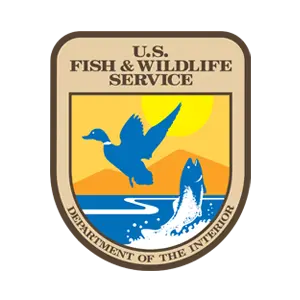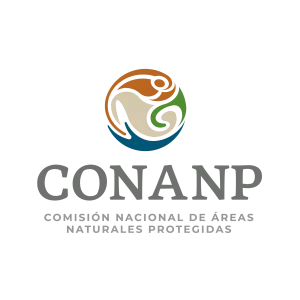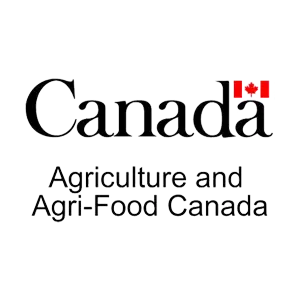Celebrate the importance of pollinators
While many of us have fond memories of pollinators like the iconic monarch butterfly and its yearly migration, or magical summer fireflies, few are aware of the vital services these animals provide daily.
Pollinators, such as birds, bats, butterflies, bees, beetles, flies and many more insects, ensure the reproduction of many plants that humans and wildlife depend on for survival and are critical for global economic and food security.
Nevertheless, pollinators face various threats, including habitat loss and degradation, pesticides, diseases and more. Their rapid decline is threatening the health of our ecosystems and millions of livelihoods across North America that rely on pollinator-dependent crops.
Join us in spreading the word about pollinator conservation. Together, we can help pollinators and, in turn, help ourselves.

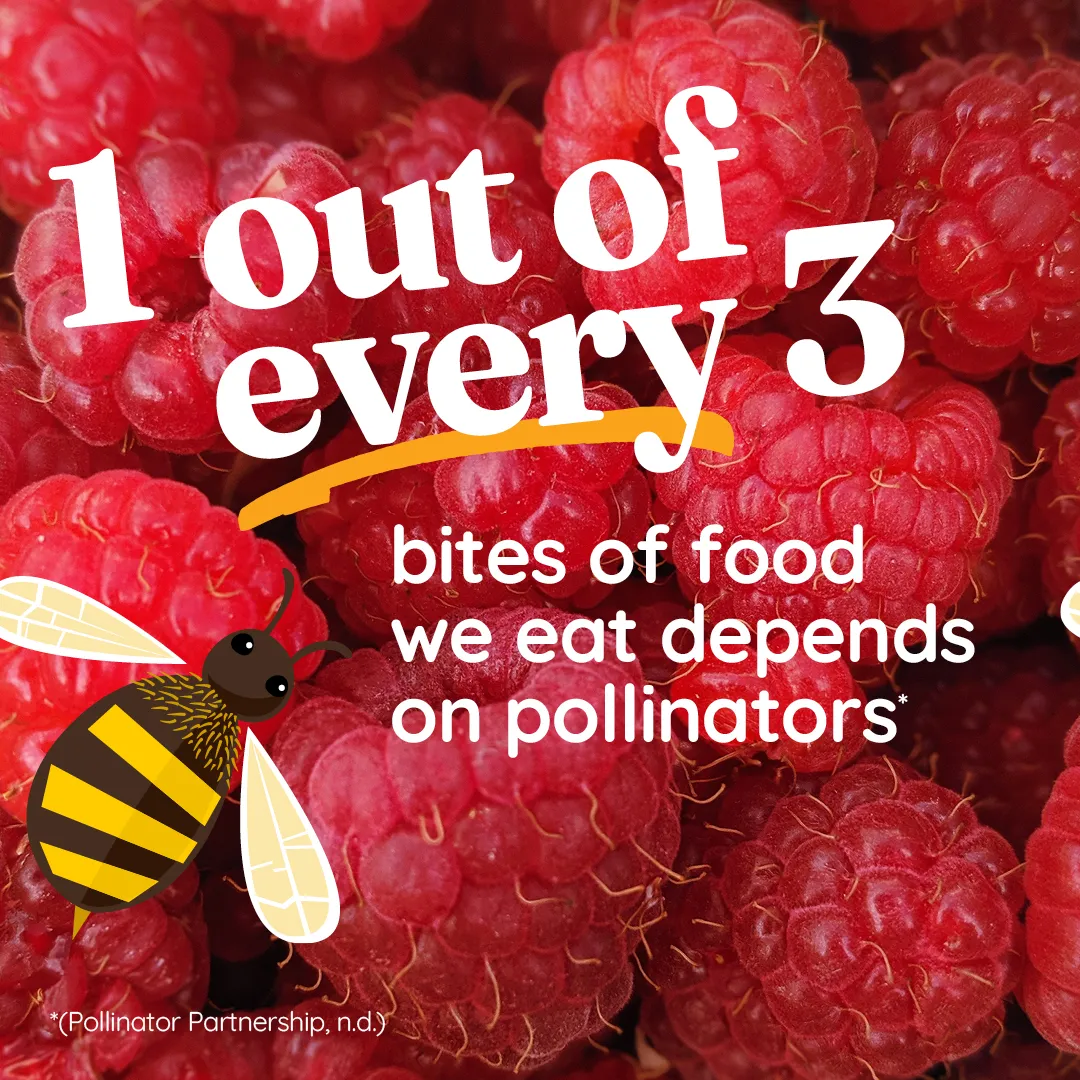
Pollinators are essential for the production of the foods we love
Pollinators support the reproduction of nearly 75 percent of our food crops and roughly 85 percent of all flowering plants, including many crops that give us the fruits, nuts, and vegetables critical to a diverse diet.
Food is a fundamental necessity. Imagine a world without pollinators: our food choices would be limited, with no coffee in the mornings, and no chocolate for desserts.
9 ways you can help pollinators
We can all do our part through small shifts as well as large transformations to help the pollinators, whose work is critical to our wellbeing and to keeping our favorite foods on our tables.
As pollinators face unprecedented pressures, now is the time to take urgent action that will help secure the future of pollinators on our planet.
There are many simple, easy steps you can take to support pollinators, regardless of your age, where you live, or what you do!
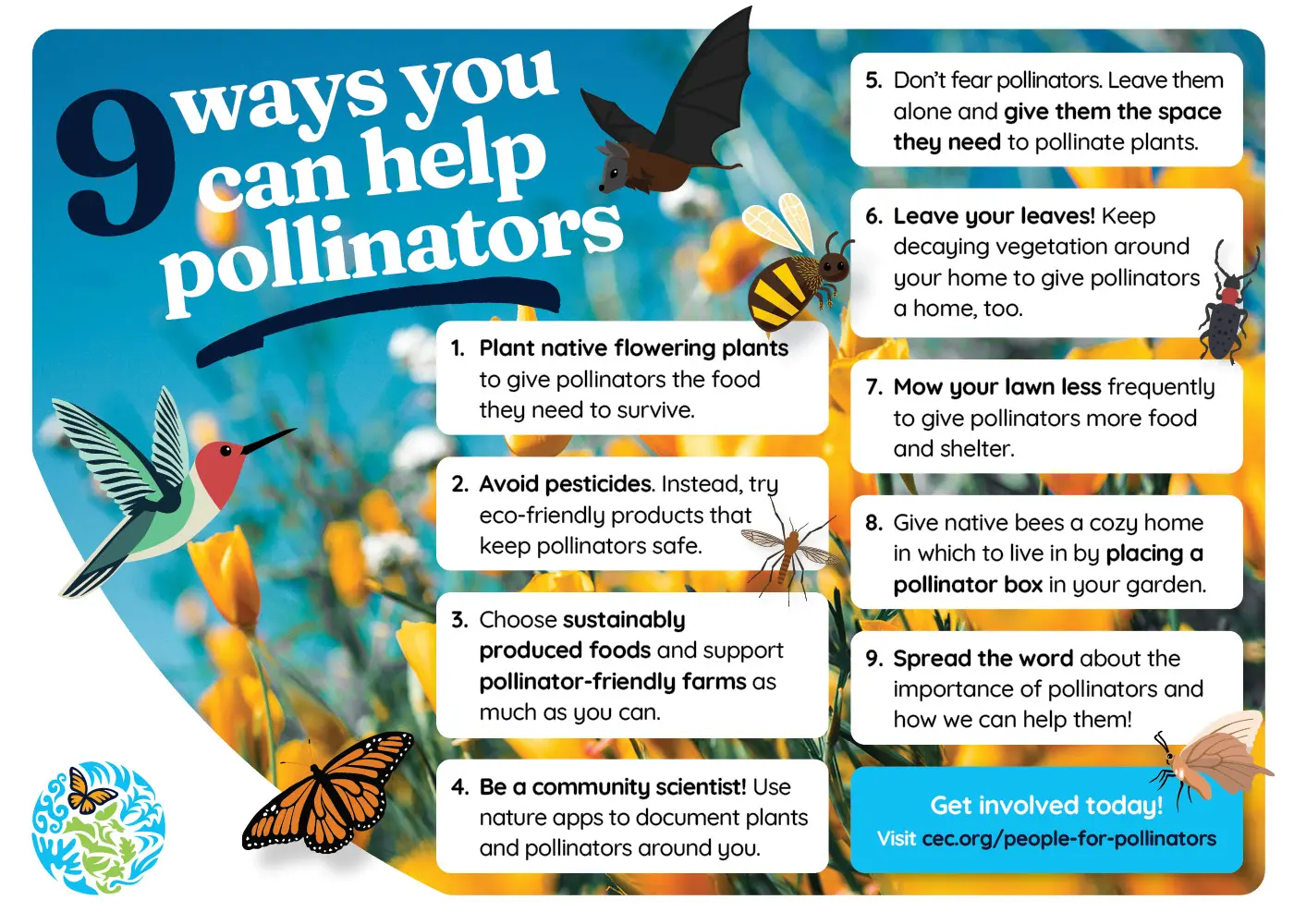
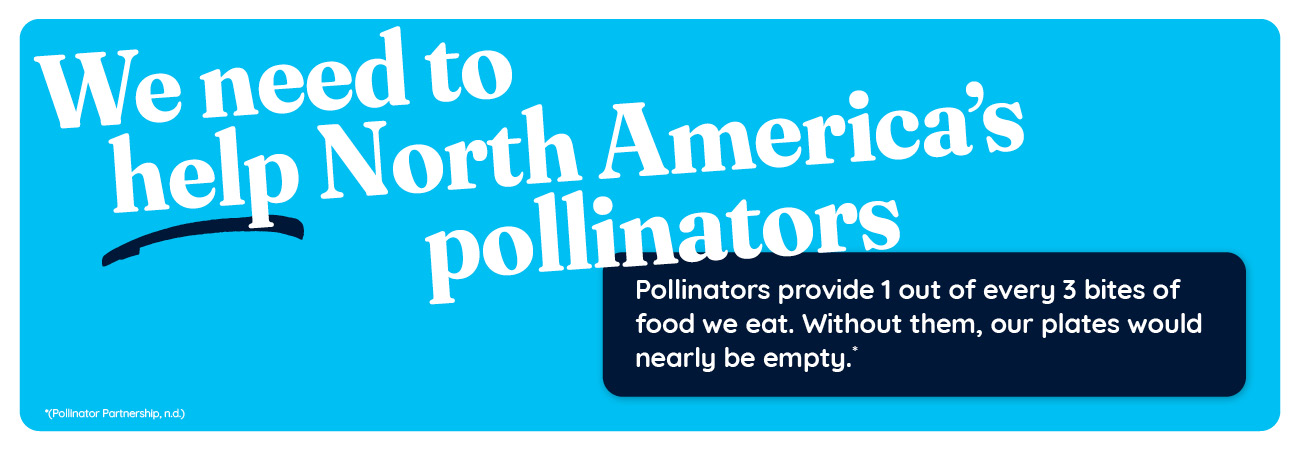
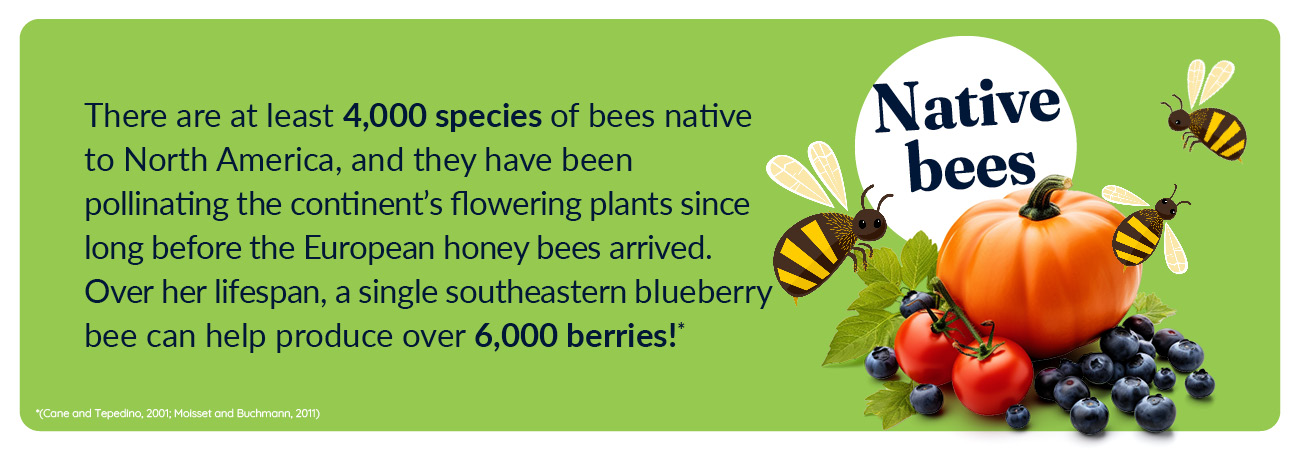
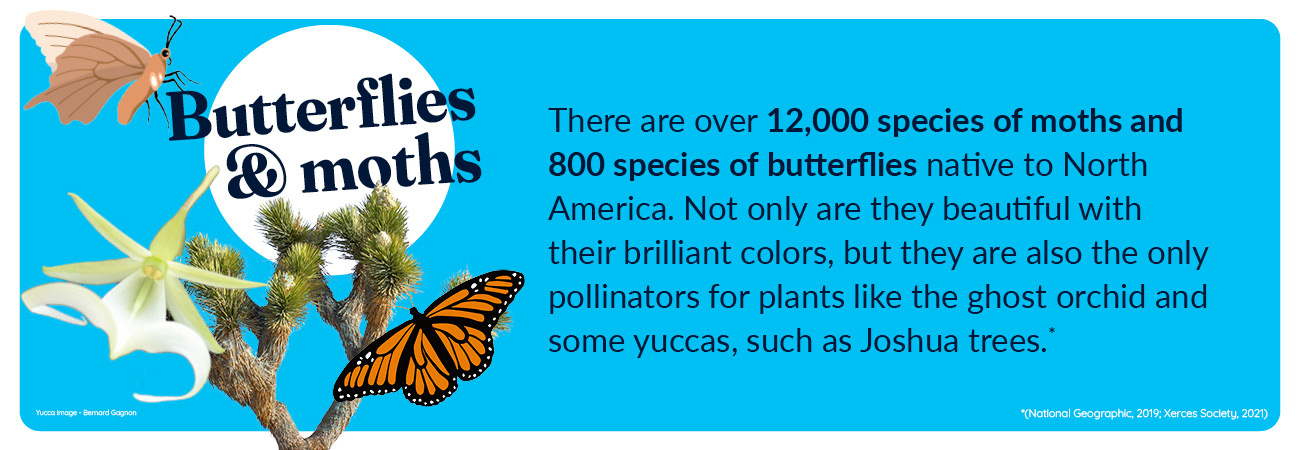
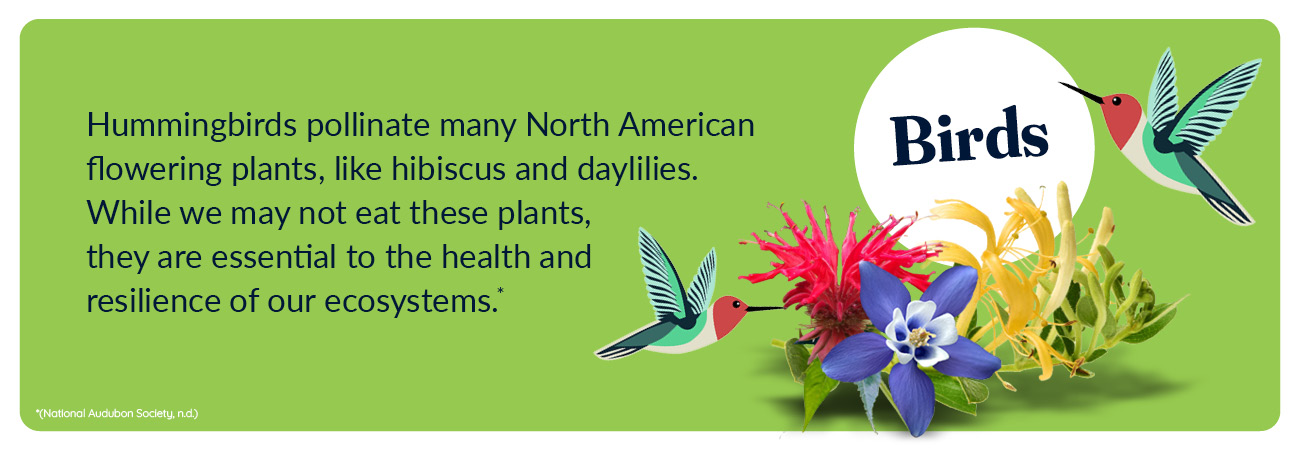
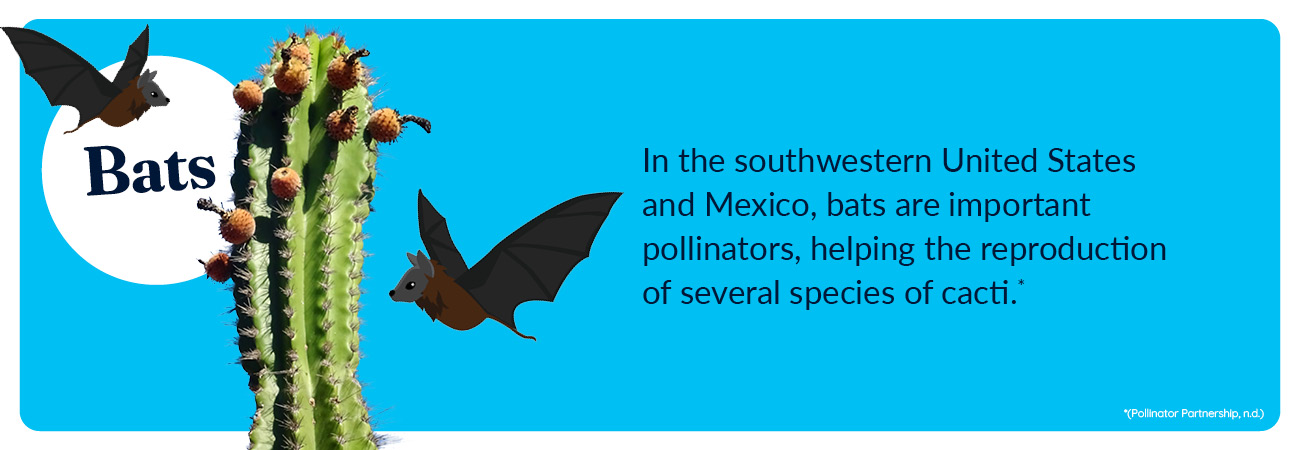
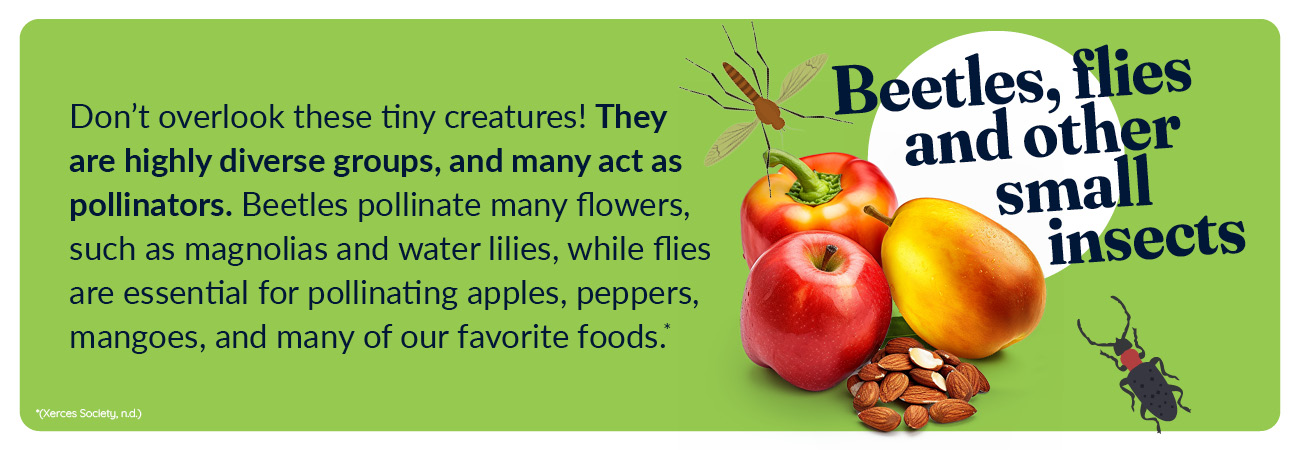
External resources
* These links to external websites are provided for information only. They do not constitute an endorsement of products, services or opinions on the sites nor responsibility for the content of these sites.
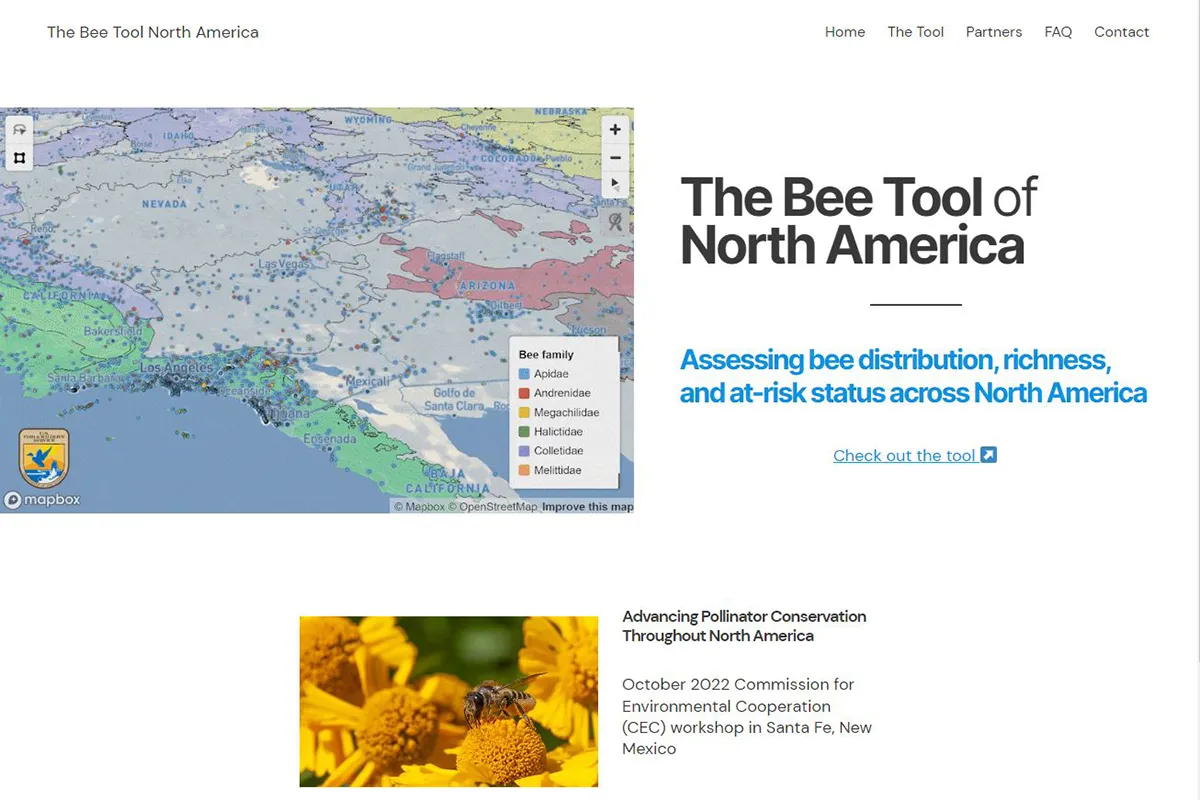
The Bee Tool of North America
Use the bee tool on your desktop or laptop computer to view the distribution, richness, and at-risk status of native bees across North America. Find out which bees in your backyard need protecting.

Ecoregional Planting Guides
If you’re in Canada or the United States, enter your postal or zip code to find out your ecoregion, then download a free guide with plants native to your region to attract pollinators and help you build a beautiful pollinator habitat.
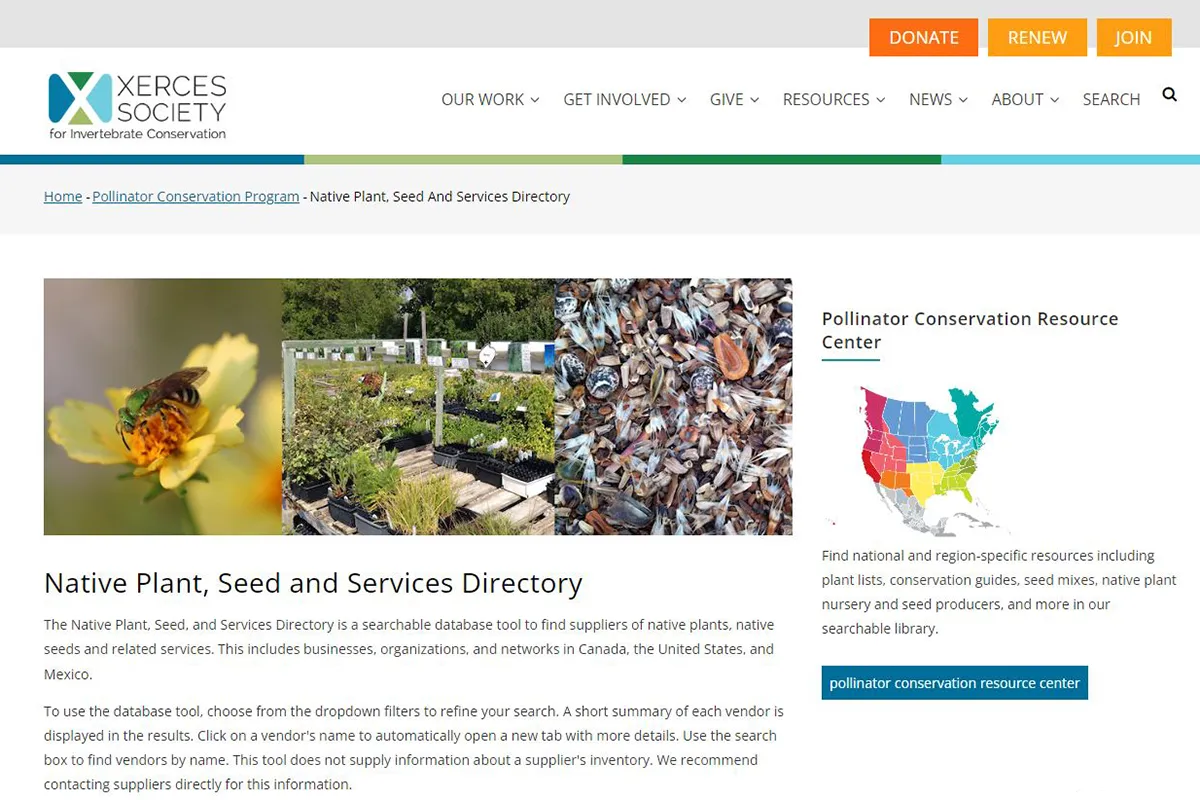
Native Plant, Seed, and Services Directory
Supporting businesses that supply native plants, seeds, and related services is crucial in pollinator protection. The Native Plant, Seed, and Services Directory is a searchable database tool to find pollinator-friendly suppliers near you in Canada, Mexico and the United States.
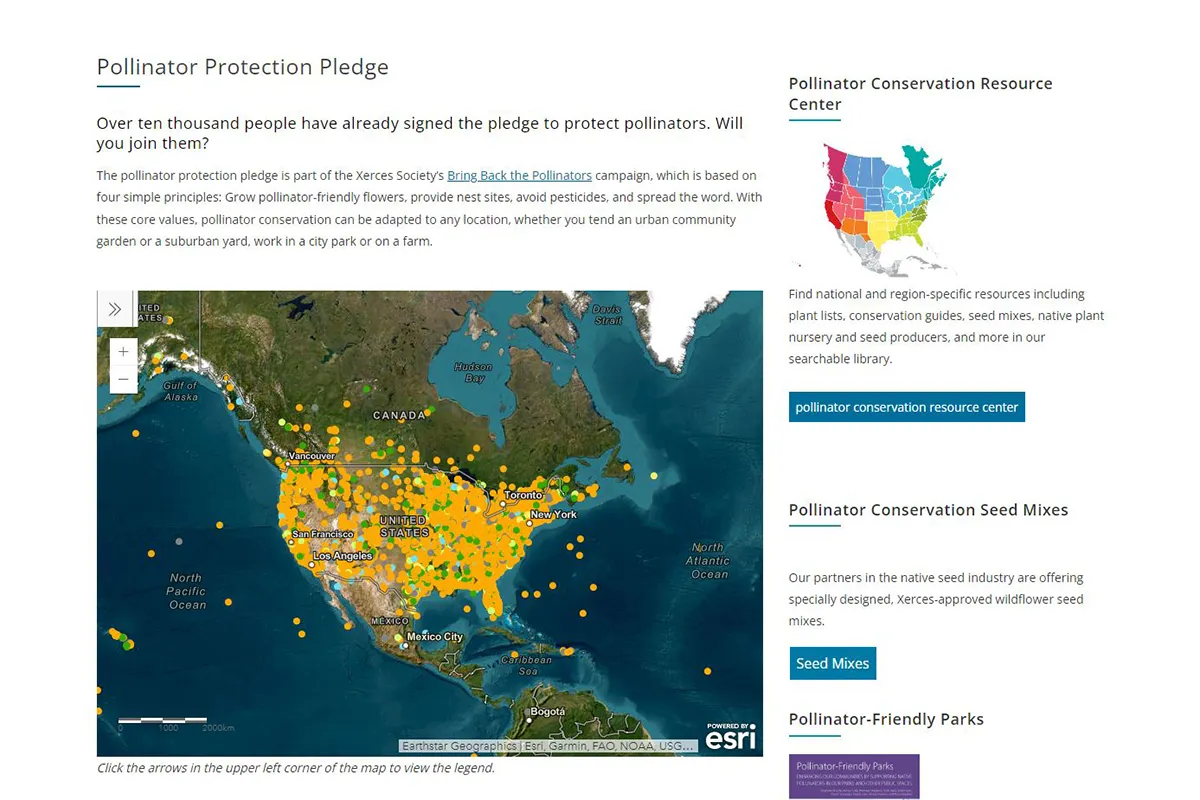
Xerces Society’s Pollinator Protection Pledge
Sign the Xerces Society’s pollinator protection pledge, which is based on four simple principles: Grow pollinator-friendly flowers, provide nest sites, avoid pesticides, and spread the word.
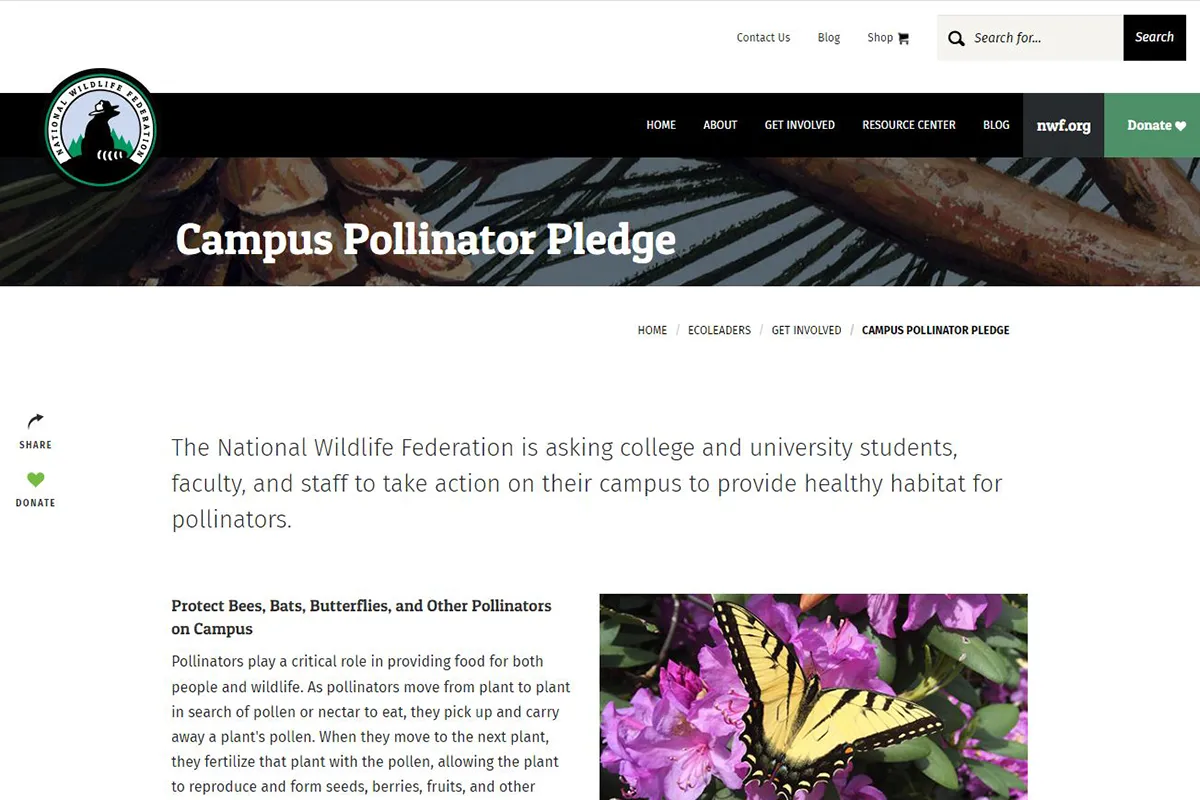
Call for College Students & Faculty: Campus Pollinator Pledge
If you’re a college student or faculty member, sign the National Wildlife Federation’s Campus Pollinator Pledge to commit to protecting pollinators.
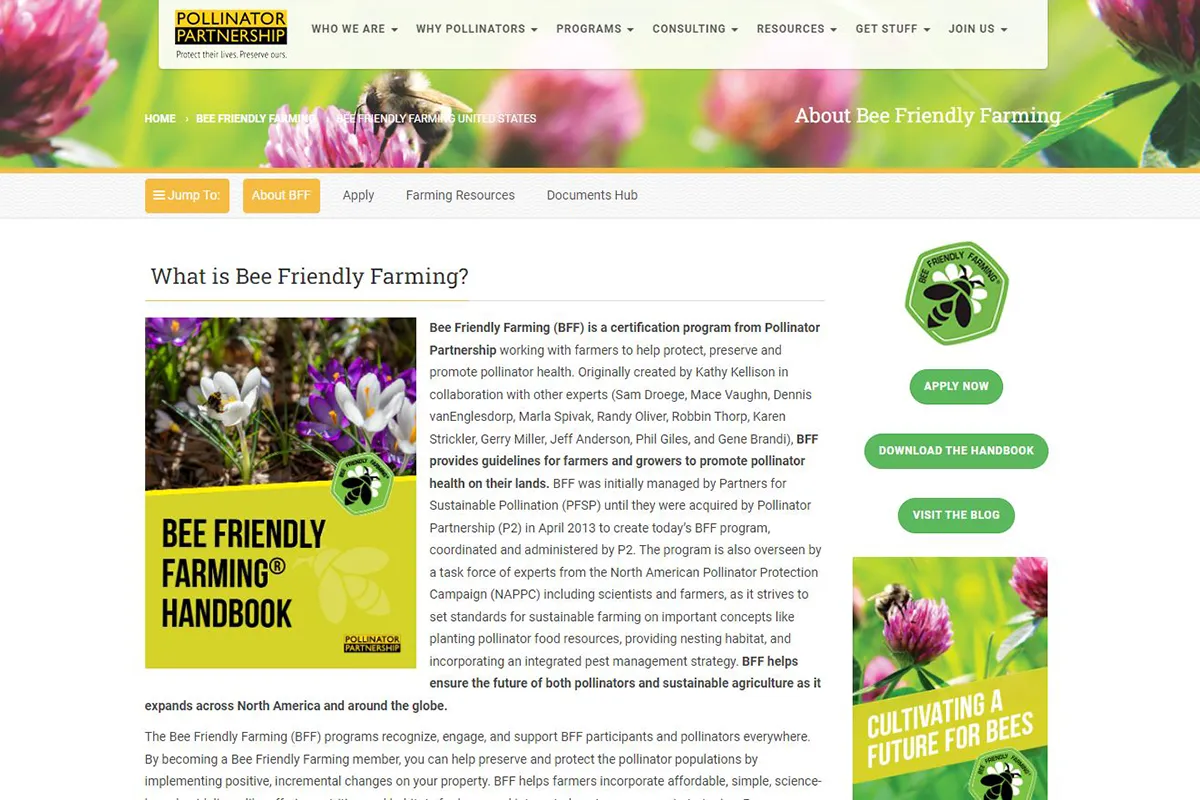
Bee Friendly Farming® Toolkit
Bee Friendly Farming (BFF) is a certification program working with farmers to help protect, preserve, and promote pollinator health. Check out the toolkit to learn how you can apply pollinator-friendly practices to your farm or garden.
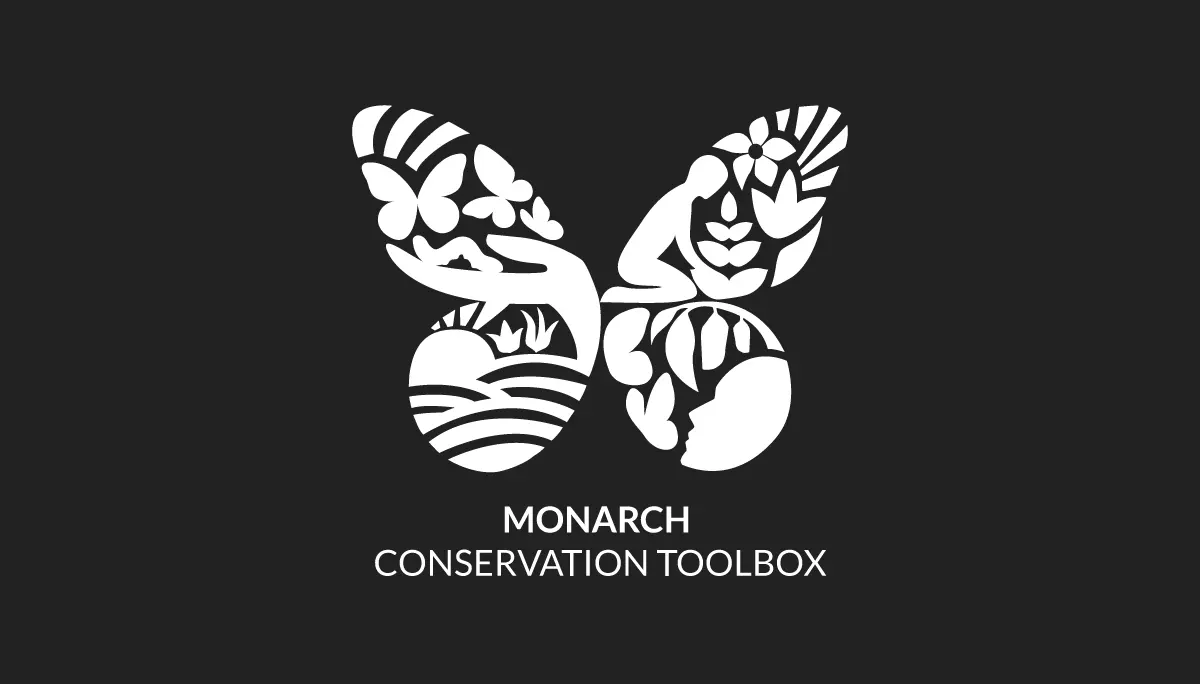
Monarch Conservation Toolbox
This toolbox is for farmers, landowners, monarch experts, and the general public interested in monarch conservation and includes best management practices for the conservation and restoration of monarch butterfly habitats across North America.
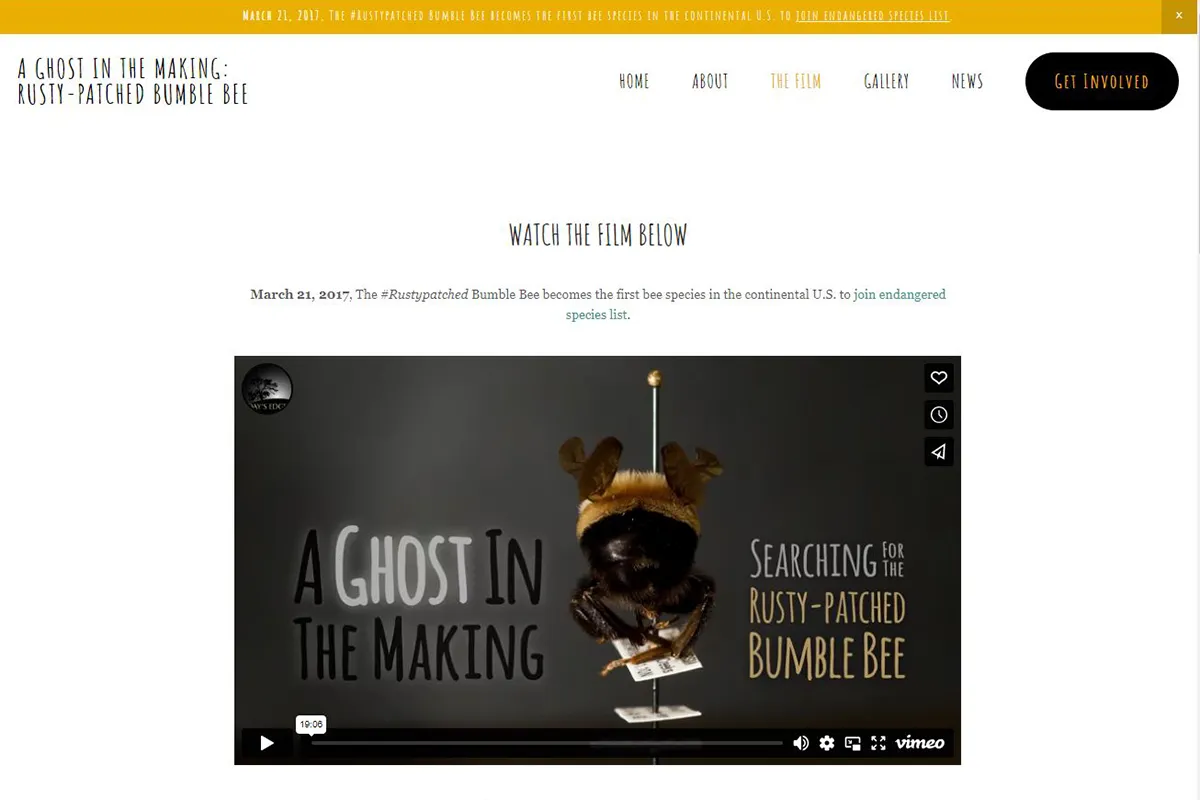
A Ghost in the Making: Rusty-Patched Bumble Bee Short Film
A short film discussing the disappearance of the rusty-patched bumble bee and one man’s journey to discover what happened to it.
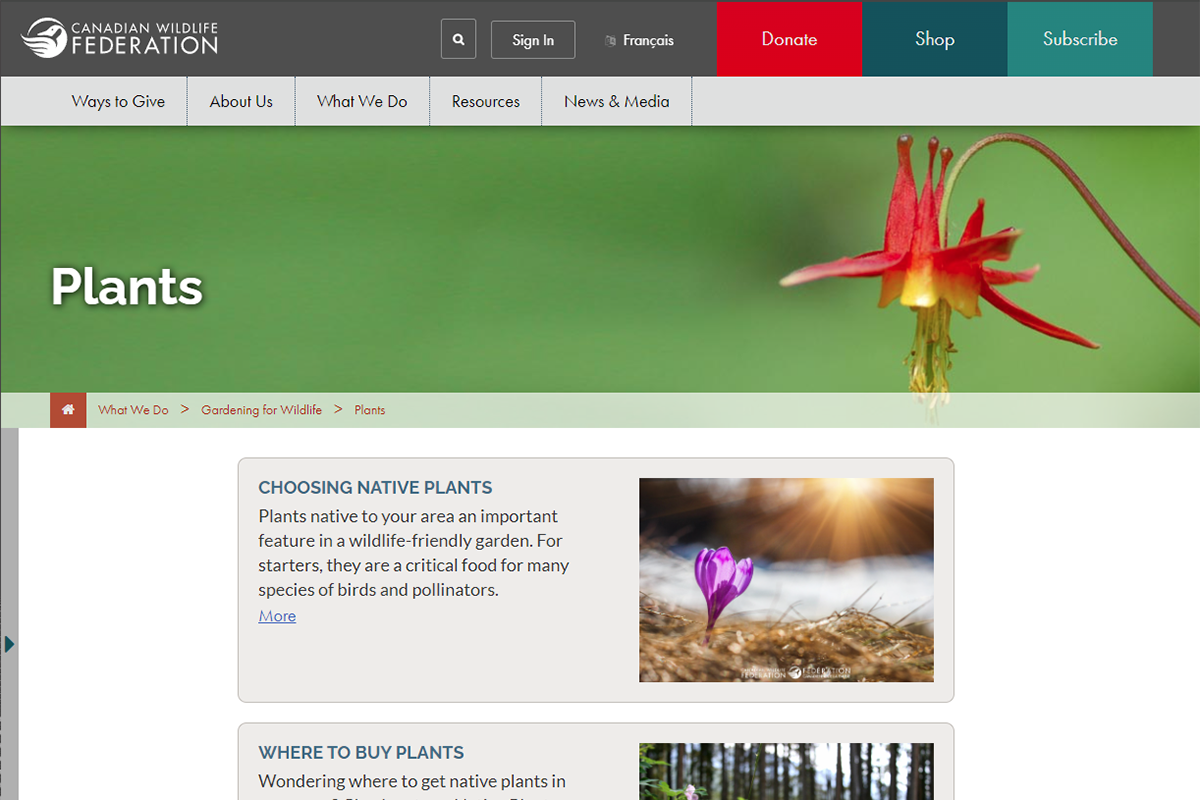
A Guide to Native Plant Gardening in Canada
Restoring native plant habitat is vital to preserving biodiversity. Use the Canadian Wildlife Federation’s native planting guide to find out where you can buy native plants, how you can use different plant identification tools and more!
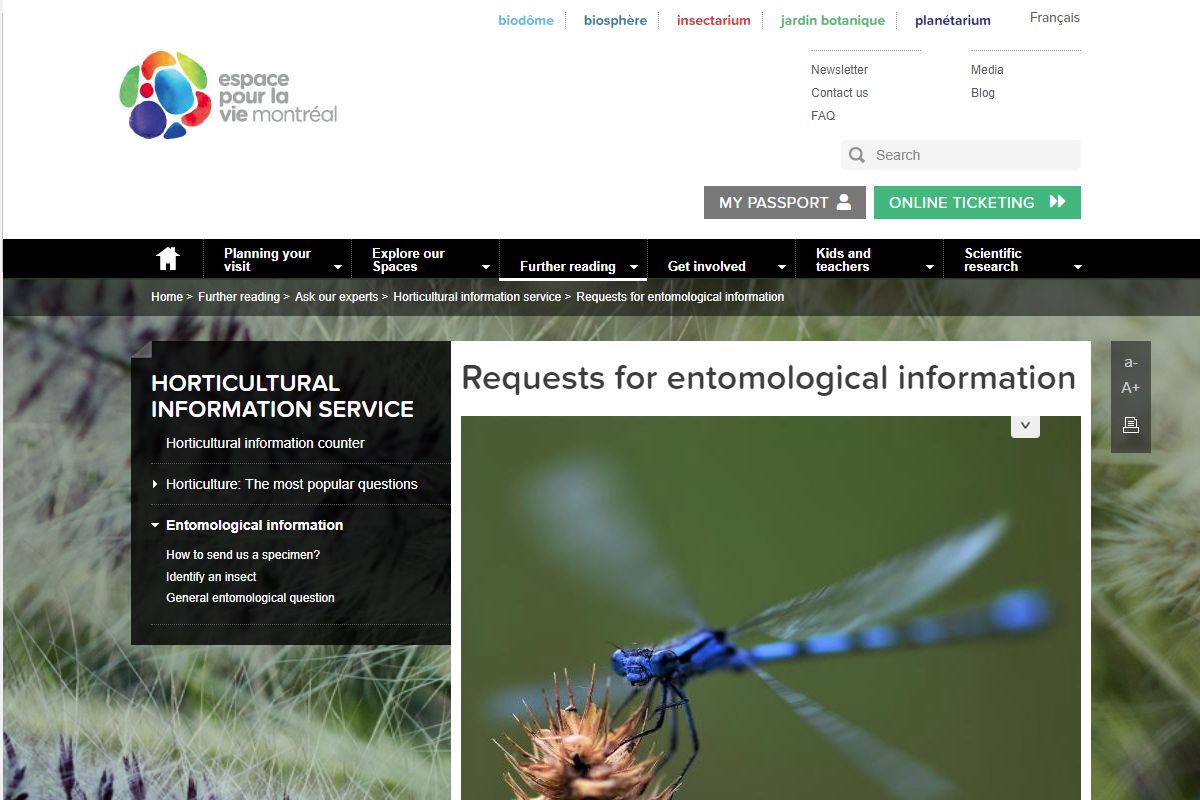
Need more information on an insect pollinator?
Insects like bees, butterflies, moths, flies and beetles are the primary pollinators of most plants. If you’re interested in a particular pollinator critter or want some tips to live in harmony with our fellow insects, contact the Montreal Insectarium’s entomological experts and explore their website for more information on insect pollinators!
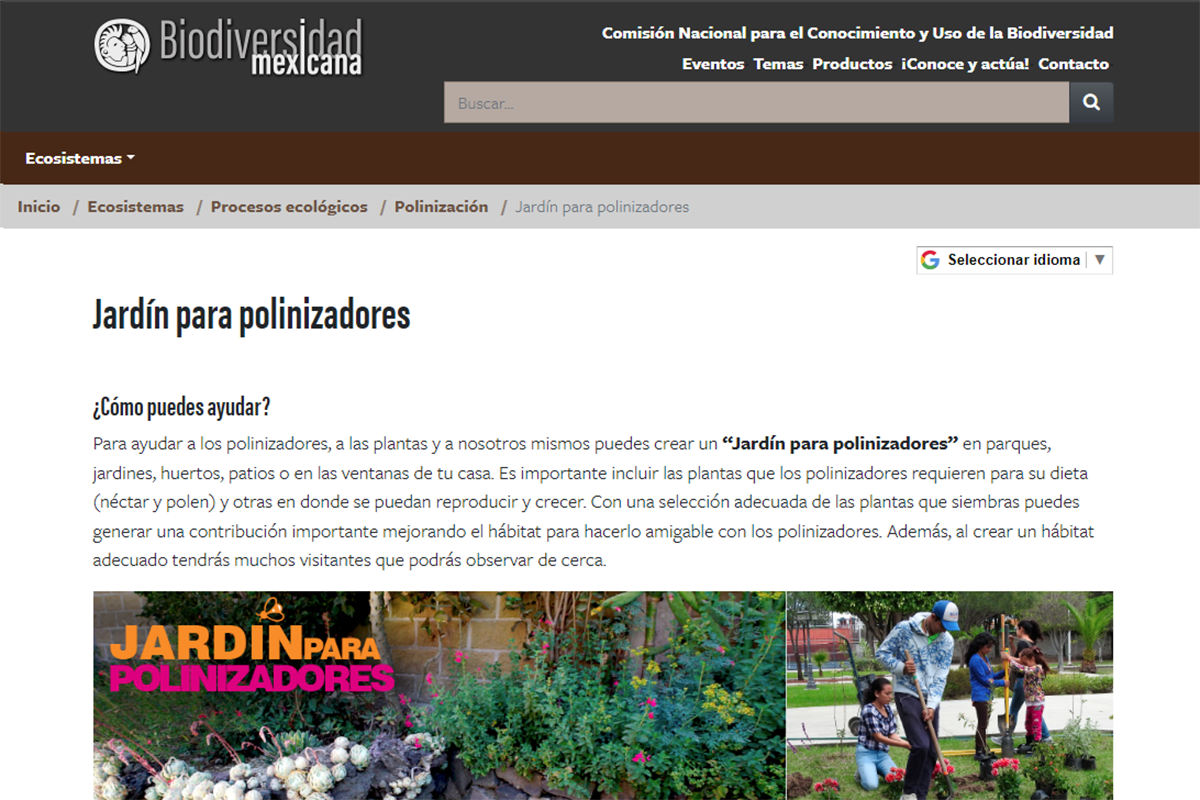
How to create a pollinator garden
Pollinator gardens are natural spaces that help the survival of both plants and animals, creating a safe habitat for butterflies, hummingbirds and bees, among other organisms. Use this resource and its multiple guides to learn how to create a safe space for pollinators. (Available in Spanish only.)
